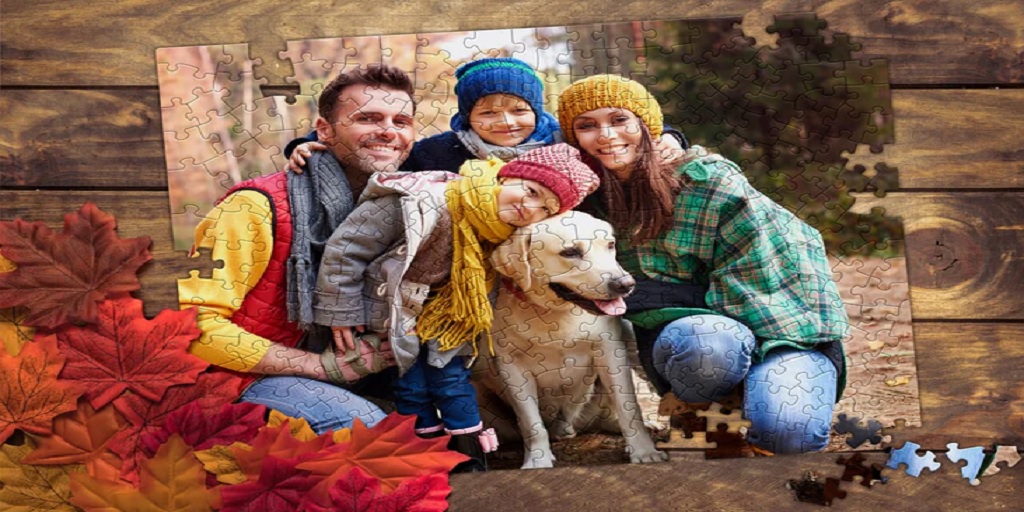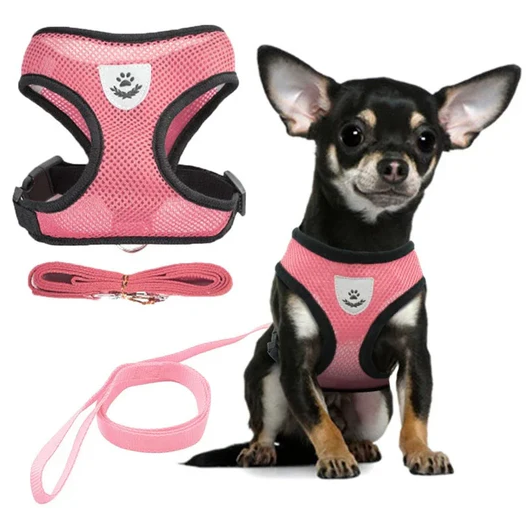Let’s be honest—keeping students engaged in a classroom can feel like juggling fire while riding a unicycle. But what if there was a way to trick them into learning while they think they’re just having fun? That’s where custom jigsaw puzzles come in. No, not the ones gathering dust in your grandma’s attic—the modern, intentional, classroom-friendly kind that actually sharpen young minds instead of just killing time.
Breaking Big Problems Into Manageable Pieces—Literally
If there’s one thing students love, it’s giving up the moment something seems too hard. But custom jigsaw puzzles force them to do the exact opposite. Instead of panicking over a complex problem, they’re taught to break it down—piece by piece.
They begin by spotting obvious connections, then work toward more challenging areas. Before they know it, they’re applying the same problem-solving strategy to math, science, and even real-life scenarios (like figuring out which group project member actually did the work).
Developing That Spatial Intelligence (Because Folding a Fitted Sheet Shouldn’t Be Their Greatest Achievement)
A well-designed custom jigsaw puzzle is more than a pretty picture—it’s a masterclass in spatial reasoning. Students learn to recognize patterns, test piece orientations, and visualize how different sections fit together. These skills translate directly to geometry, engineering, and even everyday tasks like reading maps (because not everything in life has a GPS).
The Jigsaw Classroom: A History of Problem-Solving—Literally
Back in 1971, schools in Austin, Texas, were dealing with a different kind of puzzle—racial integration. Tensions ran high, and classrooms were filled with hostility. The solution? The jigsaw classroom. By dividing students into small, diverse groups and giving each person a vital piece of the lesson, educators created a cooperative environment where students had to work together to succeed.
The result? A dramatic decrease in conflict and a more inclusive learning space. If a puzzle-based teaching strategy could defuse racial tensions, imagine what it can do for a rowdy group of fourth graders who just had too much sugar at lunch.
Teaching Students That “Wrong” Isn’t the End of the World
If there’s one thing kids need to learn early, it’s that mistakes are part of the process—not just something that earns them a red X on their homework. With custom jigsaw puzzles, they quickly realize that trial and error is the only way forward.
Putting the wrong piece in the wrong place? Totally normal. Trying again? Necessary. Learning that frustration won’t magically solve the problem? Welcome to life, kid.
Jigsaw Puzzles in the Real World
Puzzling isn’t just an elementary school activity—it’s a metaphor for the way we approach knowledge. According to Thomas Henricks, Ph.D., people crave the satisfaction of uncovering hidden connections, whether they’re solving a mystery novel or making sense of historical patterns. It’s a reminder that learning isn’t just about absorbing facts—it’s about piecing them together in ways that actually make sense.
In a classroom, puzzles teach students to become explorers—digging for solutions, testing theories, and relishing the satisfaction of figuring something out on their own. And for teachers? Well, it’s a sneaky way to get students to do hard things without them realizing it.
Bring Custom Jigsaw Puzzles Into Your Classroom
Tired of watching your students zone out mid-lesson? Custom jigsaw puzzles might just be the answer. Whether it’s reinforcing a history lesson, improving spatial awareness, or just giving kids a healthy dose of productive struggle, they’re a no-brainer for any teacher looking to make learning stick.
Check out MakeYourPuzzles.com for ideas on how to integrate custom jigsaw puzzles into your classroom. Your students won’t even realize they’re learning—and honestly, that’s the best kind of teaching.




